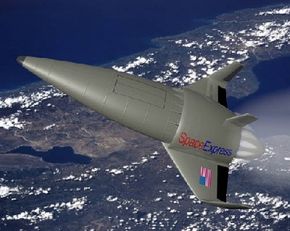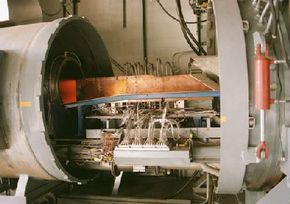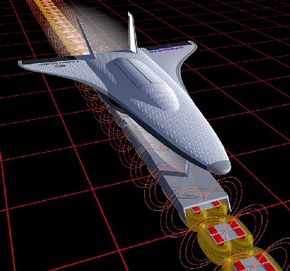While most of NASA's projects look toward the future for inspiration, one of the space agency's projects is looking at a more conventional engine technology to make space travel cheaper. In an effort to lighten the load of spacecraft at launch, NASA engineers have designed a new rocket engine that eliminates the need for onboard oxidizer. Instead, this new air-breathing rocket engine will extract oxygen from the air to burn fuel as it speeds to orbit.
Advertisement
The idea of an engine that draws in air to provide thrust isn't new. Jet engines have been using this process for decades. Using air from the atmosphere for supersonic jet engines to power a lightweight spacecraft will ultimately lessen the cost of putting the spacecraft into orbit. Currently, it costs about $10,000 per pound ($22,000/kg) to put an object in orbit. At those prices, it would cost $1,500,000 to send a 150-pound person into space. NASA's goal is to reduce launch cost to only a few hundred dollars per pound within the next 25 years. They believe one way to do that is to dump the more than a million pounds of liquid oxidizer that is currently needed for combustion.
"Air-breathing rocket engine technologies have the potential of opening the space frontier to ordinary folks," said Uwe Hueter of NASA's Marshall Space Flight Center in Huntsville, Ala. In this edition of How Stuff WILL Work, you'll find out how you may fly into space on one of these air-breathing rockets, how the engines work and how air-breathing rockets will be launched into space.
Advertisement


